In case you haven’t heard, two rock icons are visiting the Palladium’s intimate Side Door Cabaret Wednesday night for an evening of acoustic songs and stories.
Peter Asher, who rocketed to fame in the ’60s as half of Peter & Gordon, went on to be a Grammy-winning producer of albums by dozens of artists including James Taylor and Linda Rondstadt.Asher is a regular host on Sirius XM’s Beatles Channel and just released a book The Beatles From A to Zed: An Alphabetical Mystery Tour.

Peter Asher
Albert Lee began his career as a touring musician in the early sixties, and soon catapulted onto the stage with the likes of Joe Cocker, Eric Clapton, and Emmylou Harris. A 25 year run as Music Director of his Everly Brothers coincided with studio and stage work with Vince Gill, Roseanne Cash, and also Paul McCartney & Ringo Starr (“The Concert for George”). His numerous studio sessions have led to 4 Grammy Awards nominations and two awards.
Asher and Lee are touring now and will stop in the Side Door this Wednesday, Nov. 20, at 7:30 p.m. For tickets and information, you can call our box office at 727-822-3590 or follow this link for on-line tickets and information.
Billboard Magazine just published an interview with Peter Asher and I share an excerpt from it below. To read the full article you can follow this link to Billboard.
From Billboard. 10/28/19
By Steve Marinucci
Peter Asher, known as half of the singing duo of Peter & Gordon and also a Grammy Award-winning record producer for artists such as James Taylor and Linda Ronstadt, says he never intended to write his new book The Beatles From A to Zed: An Alphabetical Mystery Tour (out Oct. 29), but it was his weekly SiriusXM Beatles Channel radio show that inspired him.
“After I’d been doing the From Me To You [radio show] for a while, I had this idea of trying an alphabetical system, taking a leaf out of Sesame Street’s book. And so I did it letter-by-letter. Not just song titles but people, instruments and all kinds of different stuff using a particular letter. I did 26 of those shows and it was at that point that I was approached by a publisher.” He said he’d resisted calls for a Beatles-related autobiography (“it seems like everyone Beatles-related has written a book”), but he said here, “I was (talking) more about music and songs, along with some stories.”

Asher and Lee
The book covers the group’s career as well as their solo careers, but it’s also, he says, “about what influenced them and what made the music so great.” It also gets into some musical analysis because he said that’s what fans wanted to discuss. “I would always worry that I was getting too kind of nerdily involved. It turned out that, though, that when I did an examination of all the different time signatures they used and how they’d use them under the letter ‘T,’ I got more emails from people saying they liked that more than almost anything.”
Also included are his personal anecdotes. One is that James Taylor’s song “Something In The Way She Moves,” from his self-titled debut album on the Beatles’ Apple label that Asher produced, inspired George Harrison’s “Something.” “James had written that song and George used that same line of lyrics, which James said was a compliment,” he said. Also, “James pointed out that in (his) song he used the lyrics I feel fine.”
He talks about his own career with Peter & Gordon, which intertwined with the Beatles. EMI A&R man Norman Newell asked the duo if knew of any songs they could record for their first album. “He had picked out some songs from our live show that he wanted us to record. He was thinking that we probably would be a bit folky. I think (he thought) we were going to be Britain’s answer to the Kingston Trio. The Kingston Duo as it were.” In America, Peter & Gordon were signed to Capitol Records, also the label of The Beatles.

Peter and Gordon
“(So) that’s when I thought back to ‘World Without Love,'” which Asher was aware of because McCartney was going with Peter’s sister, Jane Asher, and was living in the Asher family home. “I went back to Paul the following evening at home and asked him if anything had happened to the song. Nothing had happened. So I asked Paul if Gordon and I could work up a version of it and he said yes.” The song also has a link to James Bond. “The guitarist doing this sort of death camp noodly part around the melody, Vic Flick, (is) also the guy who played the dum-dum-dum-dum-dum-dum-dum lick on the Bond movie theme.”
Another Beatles connection to Asher, which he calls one of the surprising stories in the book, is that his mother taught oboe to a young George Martin at the Guildhall School of Music. It was, he says, “long before any of this ever happened.”
Asher’s recent work includes his appearance in a documentary, Linda Ronstadt: The Sound of My Voice, which he raves about, saying it “will lead to a reassessment of Linda’s genius” and working with film composer Hans Zimmer. He will be on tour with his A Musical Memoir of the ’60s and Beyond solo performances including Dec. 15 at Bimbo’s 365 in San Francisco.
Asked to describe the Beatles as he knew them, Asher says, “Paul was the charmer … and is an amazing musician. John could be argumentative and cantankerous. But he could also be spectacularly brilliant.
“George was the quiet one in a way but (that) didn’t mean he had didn’t have strong views because he did. And Ringo is one of the most straightforward, funny smart and entertaining people. I talk a lot in the book about how much I think Ringo changed the whole nature of drumming in popular music and why so many of his drum spots have deservedly become classic.
“You know, any one of them would have been a giant star on their own without a doubt. What’s so amazing is that the four of them were a band. It is just one of those perfect storms of art that happened when all the right people all get together and create something that’s more magical than anything that’s been before or since.”
Below, find an excerpt from the Q section of Asher’s new book, where he talks about quartets, how they related to the Beatles and also gives a little lesson in music appreciation:

Albert Lee
Now let’s really explore the letter Q. It is the beginning letter of quite a large number of musical terms, the most important of which, for our purposes, is quartet. Now what that word probably brings to mind is the idea of a string quartet, and the Beatles did indeed love and use string quartets. One might well imagine, if one had to guess, that a string quartet would consist of a violin, viola, cello, and bass, just as a vocal quartet would consist of soprano, alto, tenor, and bass. But a string quartet does not work that way. A traditional string quartet is first violin, second violin (playing a part a little bit lower), viola, and cello. And that lineup, the traditional and perfect classical lineup, is what one hears when one listens to Vivaldi’s The Four Seasons or any of the other great string quartets that have been written, some of my favourites being Bartók’s, which are a bit less obviously melodic and more intense, even punkish in their attitude. But I digress.
The string quartet the Beatles used most famously appeared on the song “Yesterday.” That has become the exemplar of how to marry a pop song and a string quartet. No one did it better before, and I do not think anyone has done it better since. It is a masterpiece of a record and a great string arrangement by George Martin, who was essentially following direction from Paul McCartney and then applying his own genius and skill for orchestration. Once Paul figured out what a string quartet could do, he was clear about which lines and melodies and countermelodies and chords he thought would work with his song, and he was right.
I am sure you all know the story of the song, but if not, it is well worth repeating. Paul woke up with the melody in his head fully formed but without any lyrics. First, he thought it must be something he was remembering and asked everybody what tune it was. And when I say everybody, I include my mother, who was one of the first people he saw that day since he was living in our house. I was not there, but my mother (a musician herself, of course) told Paul that she did not recognize the tune and had never heard it before. After many other people said the same thing, Paul finally realized that he had written it magically in his head. Initially, he titled it “Scrambled Eggs” because he just wanted a temporary phrase that would fit that da-da-da scansion scheme, and eventually he came up with the brilliant lyrics about yesterday.
A string quartet has a beautiful, subtle, and emotional sound. But for “Eleanor Rigby,” also to be arranged by George Martin, Paul wanted a more intense sound. They accomplished this by close-miking a double string quartet.
This is why the song sounds a lot less smooth than “Yesterday” and more crunchy and in your face. A brilliant arrangement. “Eleanor Rigby” combines a touching story, a great vocal, and above all eight extraordinarily good string players playing so beautifully and attacking each quarter note—or each crotchet, as we used to call them back in England—with a brio and precision that gives the song such extraordinary presence.
Speaking of quartets, there is, of course, a quartet sitting right in front of us. As plain as the nose on our face, as it were, and that quartet is the Beatles themselves. Now, of course in the records they made, the Beatles frequently overdubbed instruments, doubled their vocals, and did extra work, which could be seen as taking them above and beyond the quartet concept. But the essence of a rock and roll band is often a quartet. And in this case, it is two guitars, bass, and drums and a couple of singers. So here, I thought I’d track down a great pure quartet version of a Beatles song, and I chose the BBC recording of “Ticket to Ride” because it is just the four of them playing the song once—no overdubs, no studio adjustments or tricks, nothing beyond the four instruments and the live vocals. It is the Beatles at their “quartet-est” for the letter Q.
As we can hear on “Ticket to Ride,” the Beatles sang very strongly. I imagine that this was something they picked up in Hamburg, where the clubs were undoubtedly noisy every night, and sound systems were not very good. Hearing them live in a regular unamplified environment was certainly very impressive. I distinctly remember sitting with John and Paul when they were learning something on the guitar or at the piano in our house, and their vocals were spectacular. Not just loud but intense, heartfelt, and accurate.

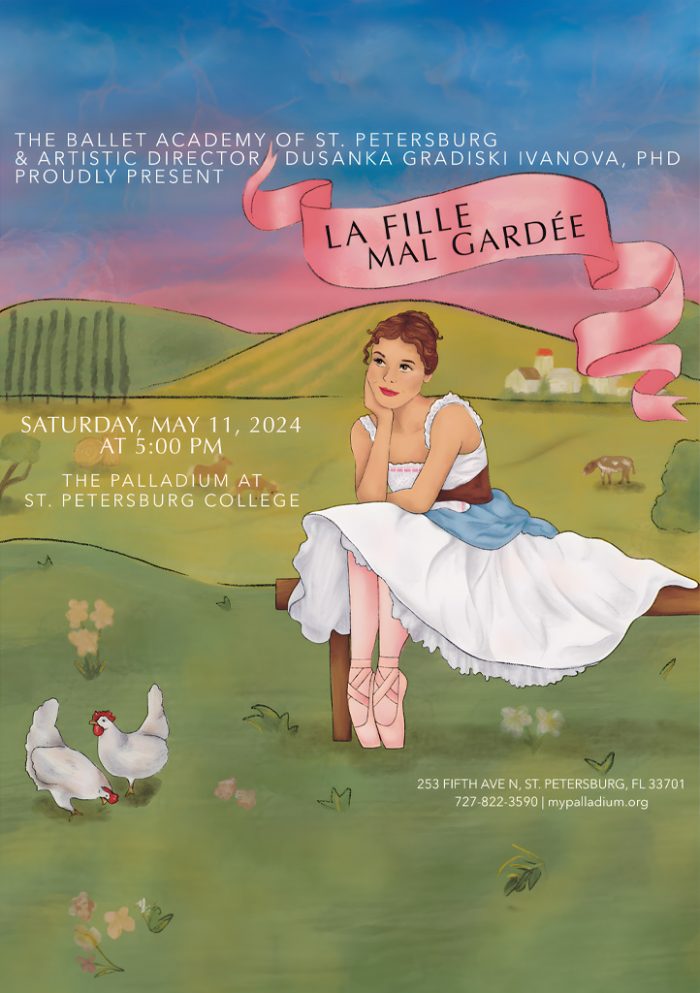
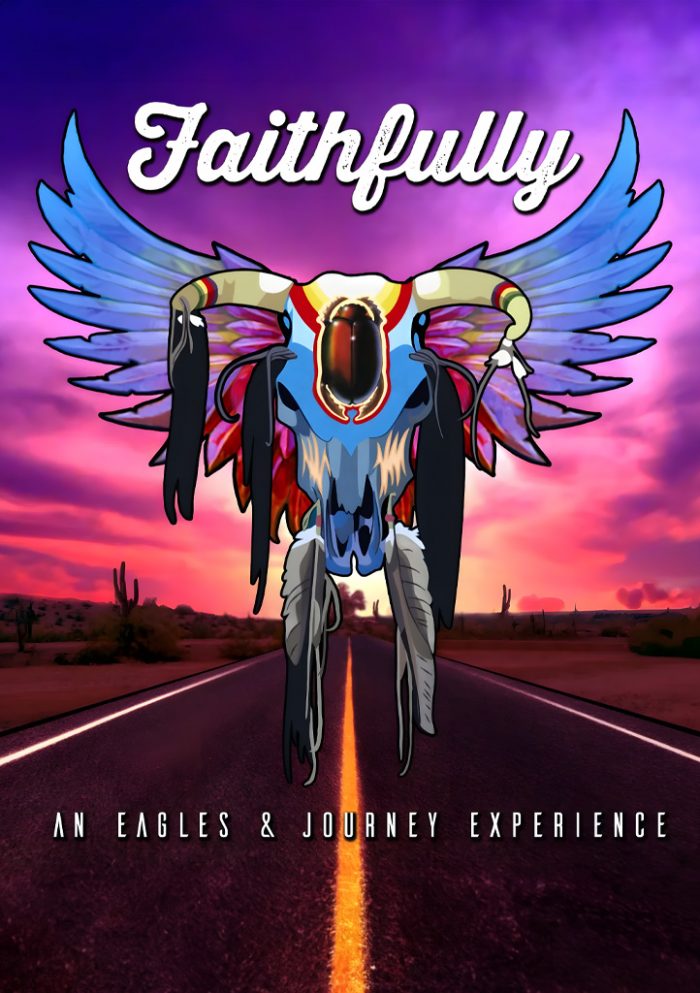
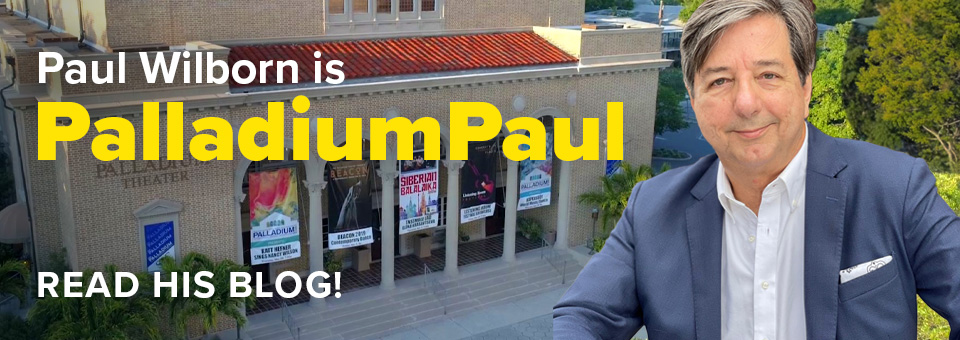
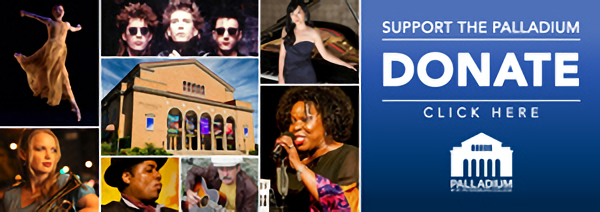

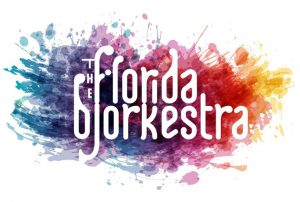
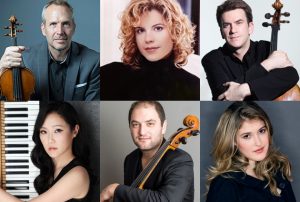
Leave a Reply